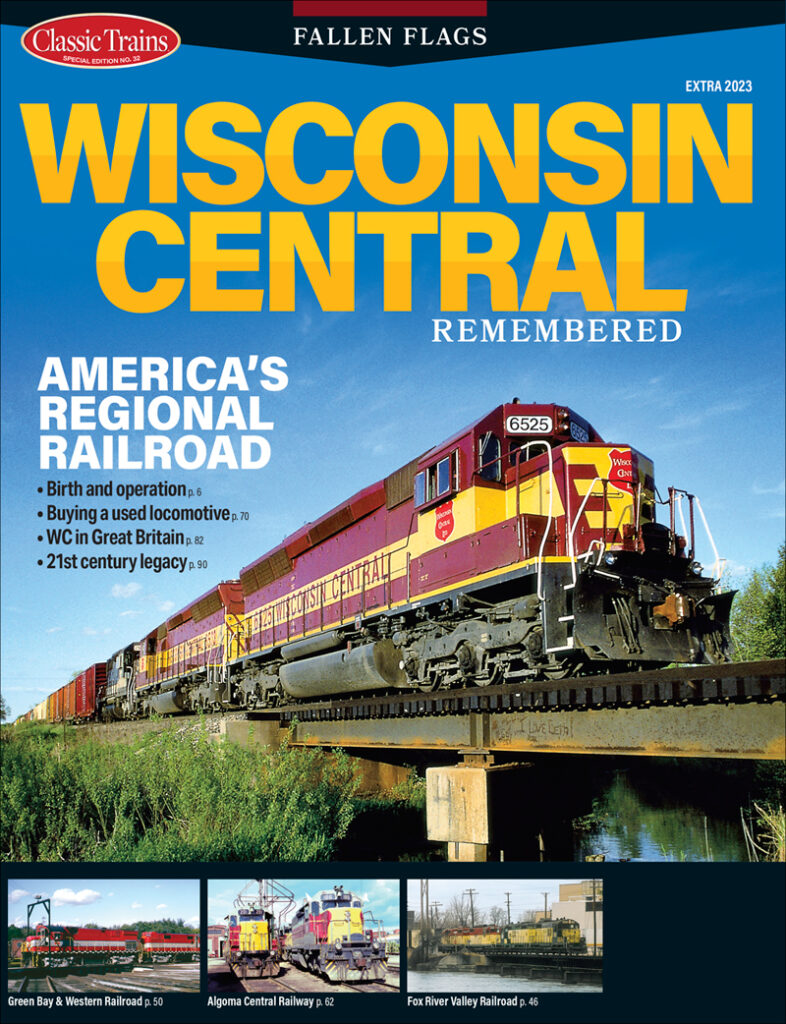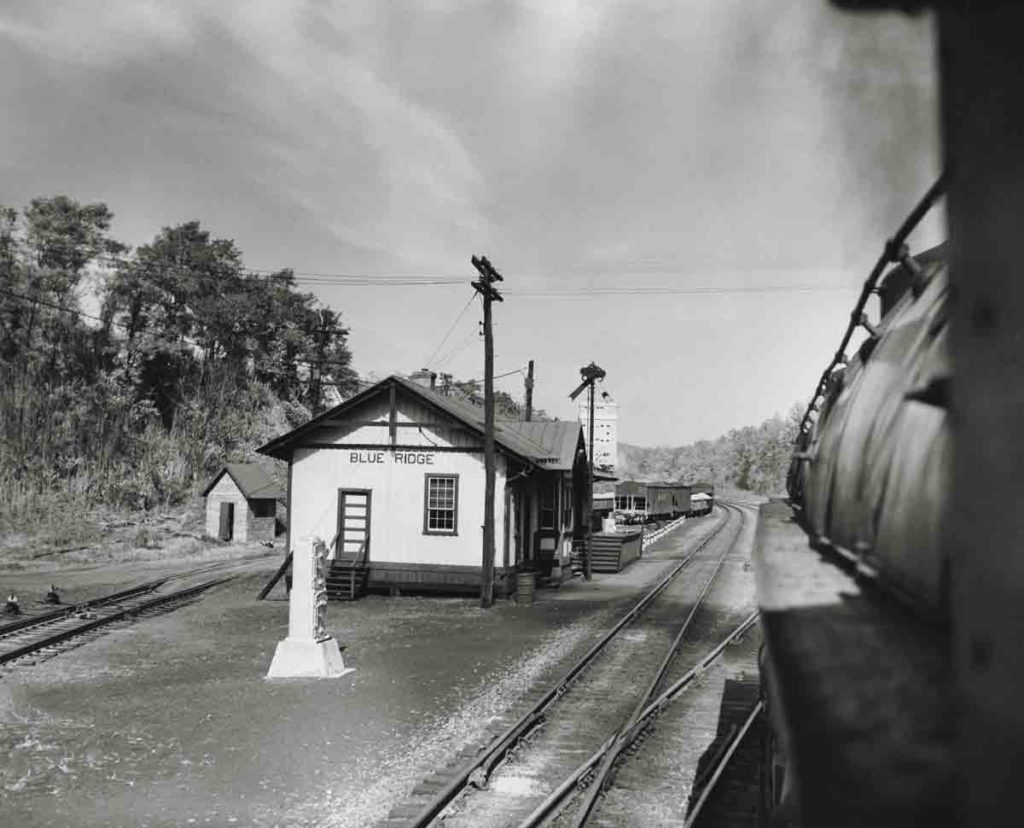
This view from the fireman’s seat on a Norfolk & Western 2-6-6-4 shows the station and yard tracks at Blue Ridge, Va., near the crest of the grade for eastbound trains out of Roanoke, 11 miles behind the train. W. A. Akin Jr. photo […]
Read More…
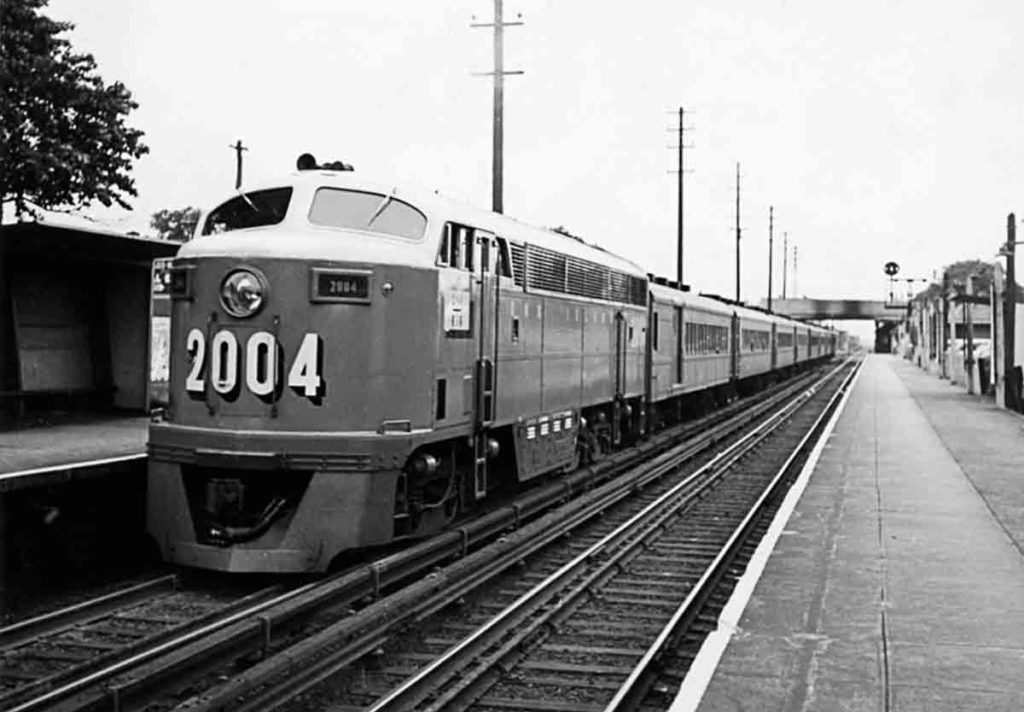
Long Island Rail Road train 233, behind a gray Fairbanks-Morse CPA20-5, pauses at Mineola station on its westbound run from Oyster Bay to Jamaica and Queens in 1950. John Flood photo […]
Read More…
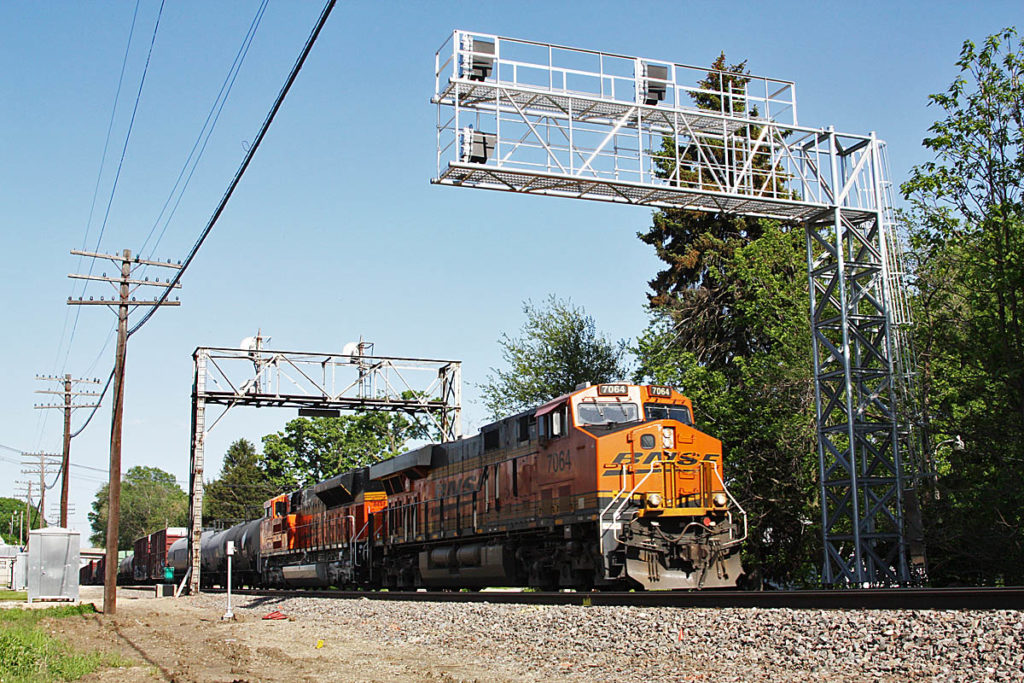
Basic railroad signal terminology Here is a glossary of railroad signal terminology. Signals are used for protection and control of train traffic. However, there is no national standard or system, so signals used by individual railroads may vary. Glossary of railroad signal terminology Absolute signal: A signal whose “stop” indication means “stop and stay.” Usually […]
Read More…
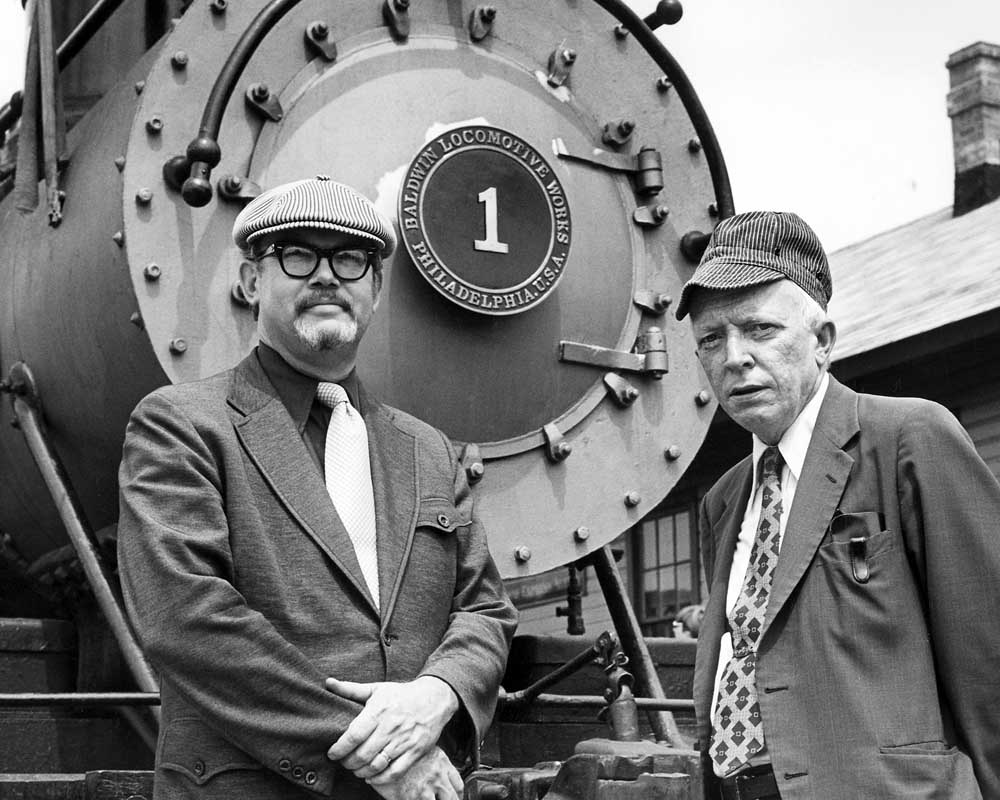
Any time the UPS truck drops a new railroad book on my porch, it’s a good day. But “good” is hardly adequate to describe the feeling I had a few days ago when a box from Indiana University Press showed up by the front door. Only superlatives will do when the subject is photographer […]
Read More…
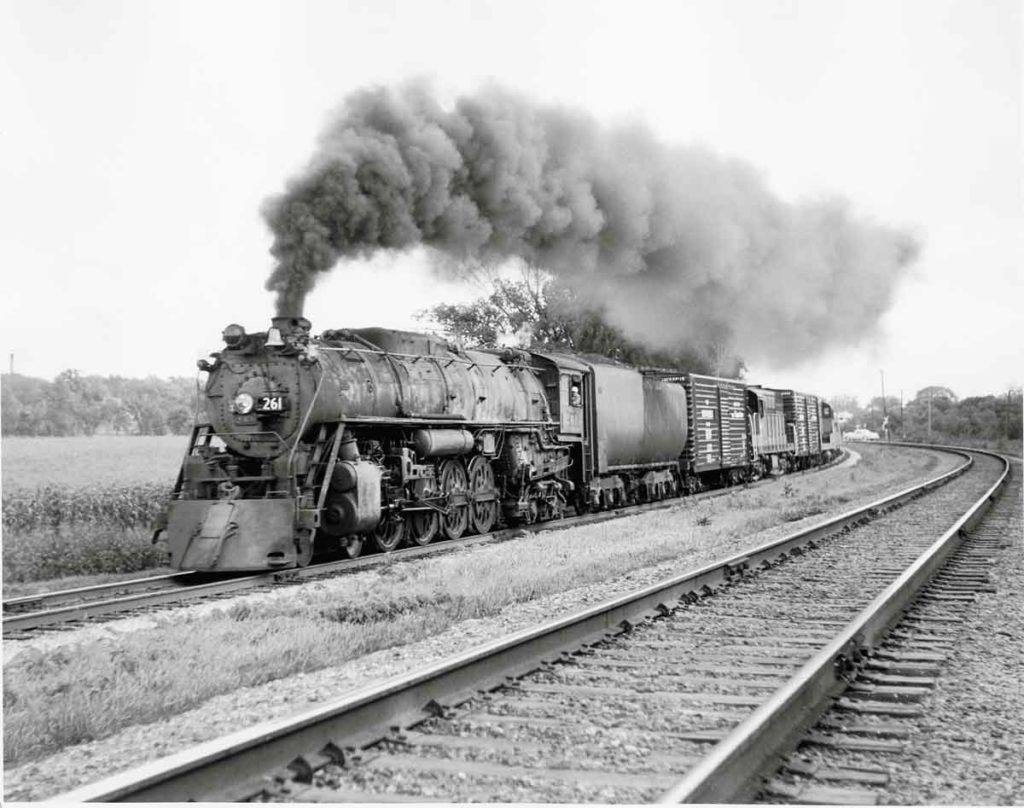
With a consist of just two freshly painted boxcars, two dead Fairbanks-Morse diesels, and a bay window caboose, Milwaukee Road 4-8-4 No. 261 is westbound at Elm Grove, Wis., in September 1954. The dirty, underutilized S3 looks like she’s at the end of her rope, but remarkably she began a second career in 1993 as […]
Read More…
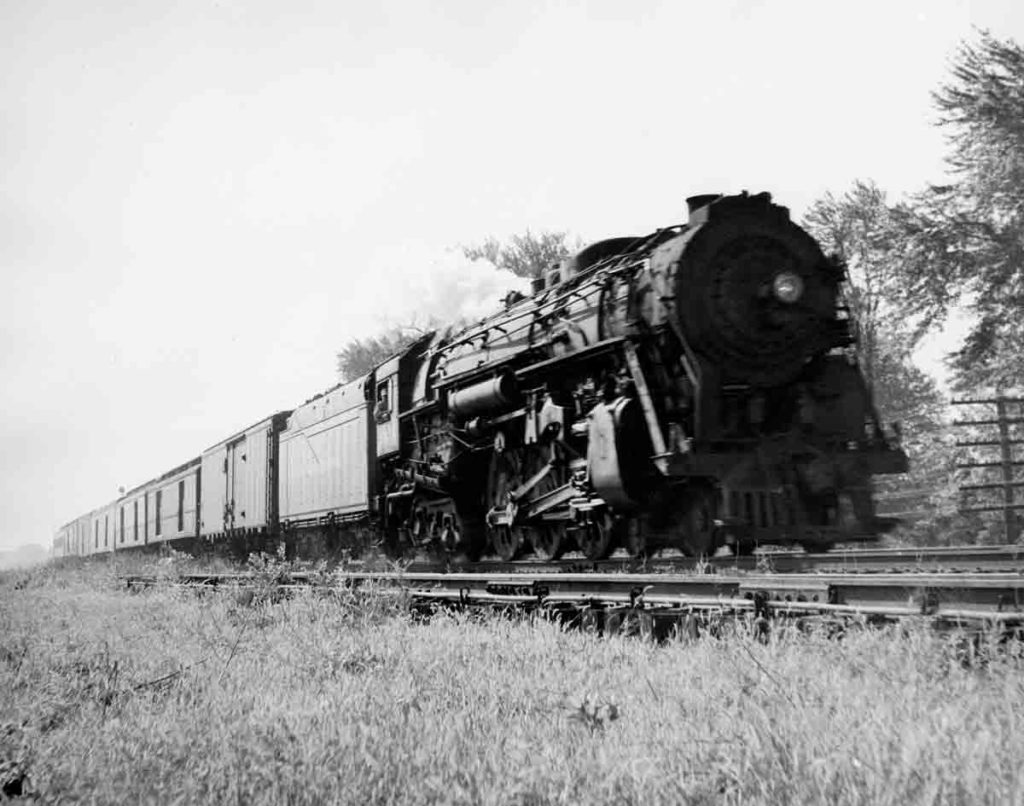
New York Central J-3 Hudson 5437 rushes west with mail train 257 at Millbury Junction, 7.5 miles east of Toledo on the Water Level Route, in September 1955. Philip R. Hastings photo […]
Read More…
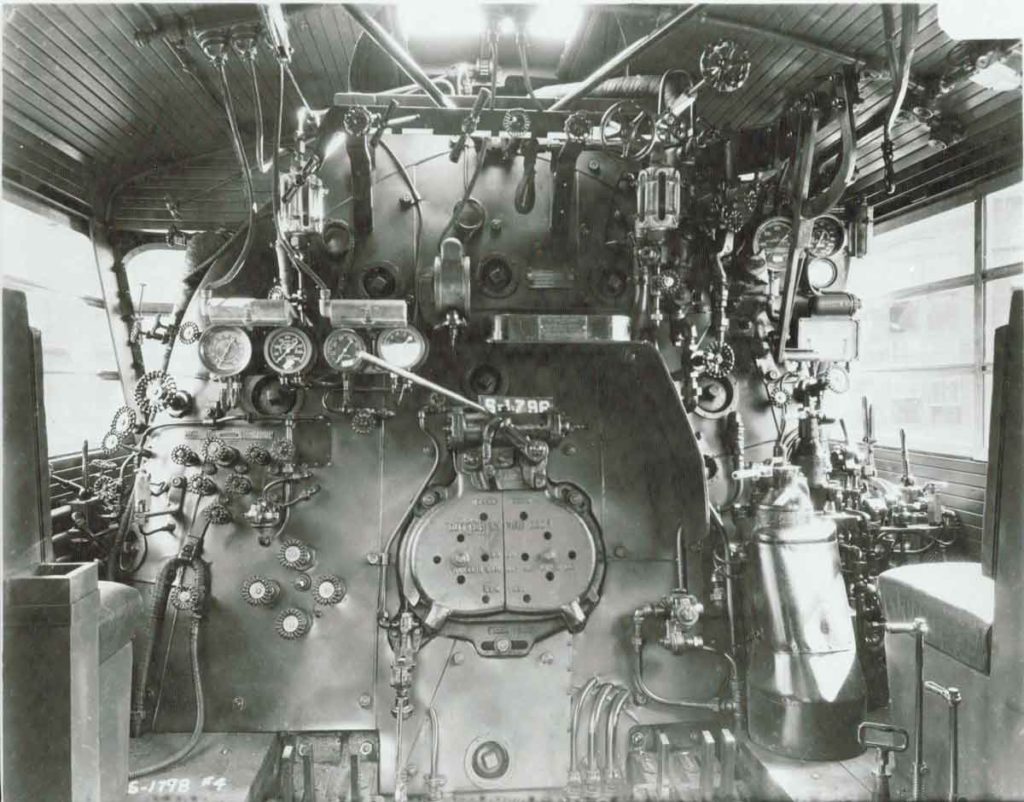
Ready for service at the head of the Milwaukee Road’s 100-mph Hiawatha trains, a brand-new F7 streamlined 4-6-4 shows off its cab interior. Classic Trains coll. […]
Read More…
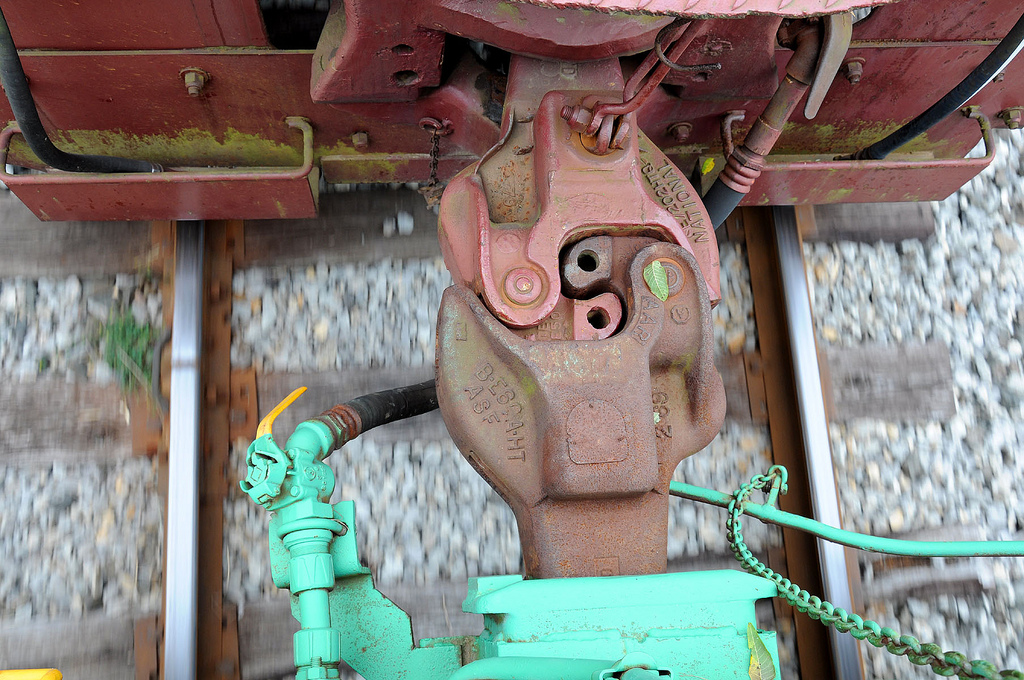
The next time you watch a quartet of six-motor diesels go grinding past with an 11,000-ton unit coal train, consider that all that horsepower is being transmitted through the train by a mere 11-inch-high chunk of steel at the end of each car. This simple little device – the “knuckle” – is the key part […]
Read More…
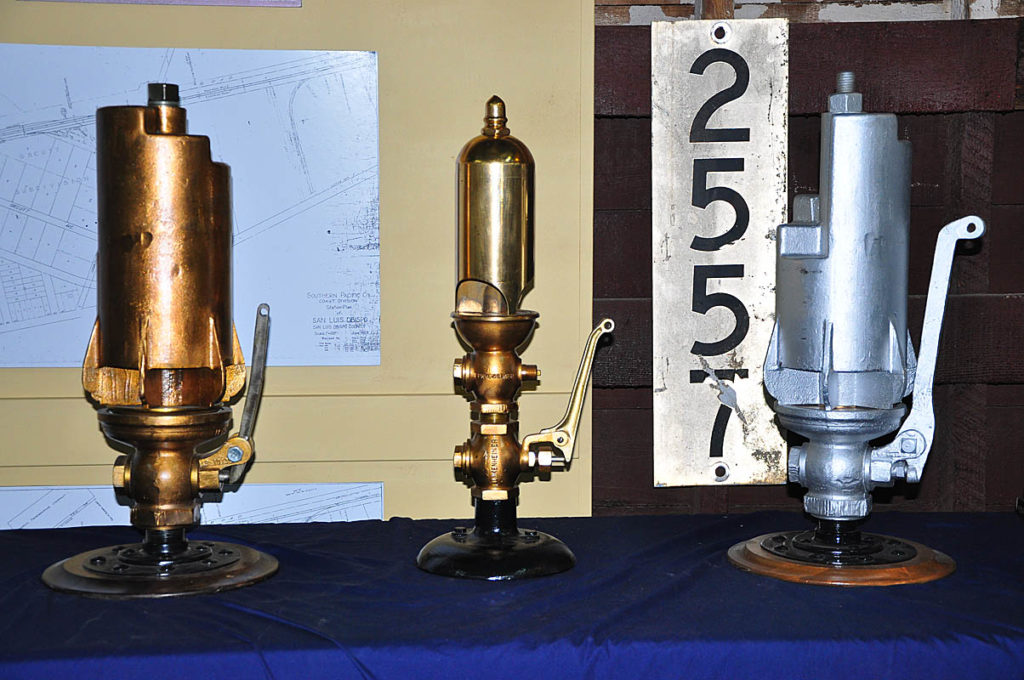
Before radio communication came into wide use in the 1960s, a locomotive’s whistle was an important tool in conveying information to other employees, both on and off the train, and many signals were on the books. The General Code Of Operating Rules, used by many railroads, contains the following list of whistle signals and their […]
Read More…
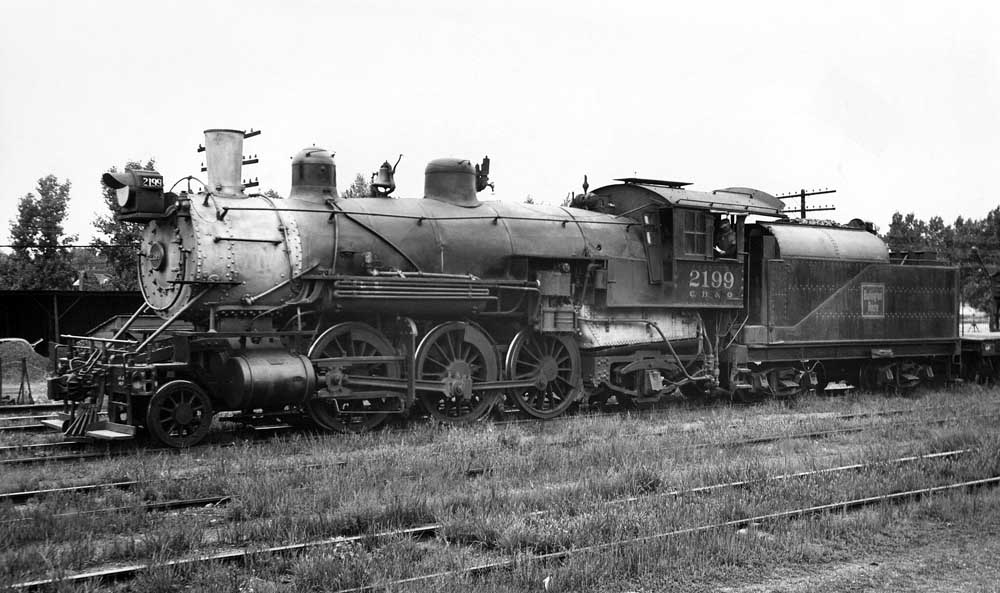
Unsurprisingly, the largest 2-6-2 Prairie fleet operated on the U.S. prairies with the railroad that originated the type. As the railroad industry approached the late 19th century, it became obvious that what had been considered the preferred locomotive — the 4-4-0 American — could no longer provide the horsepower nor the speed necessary […]
Read More…
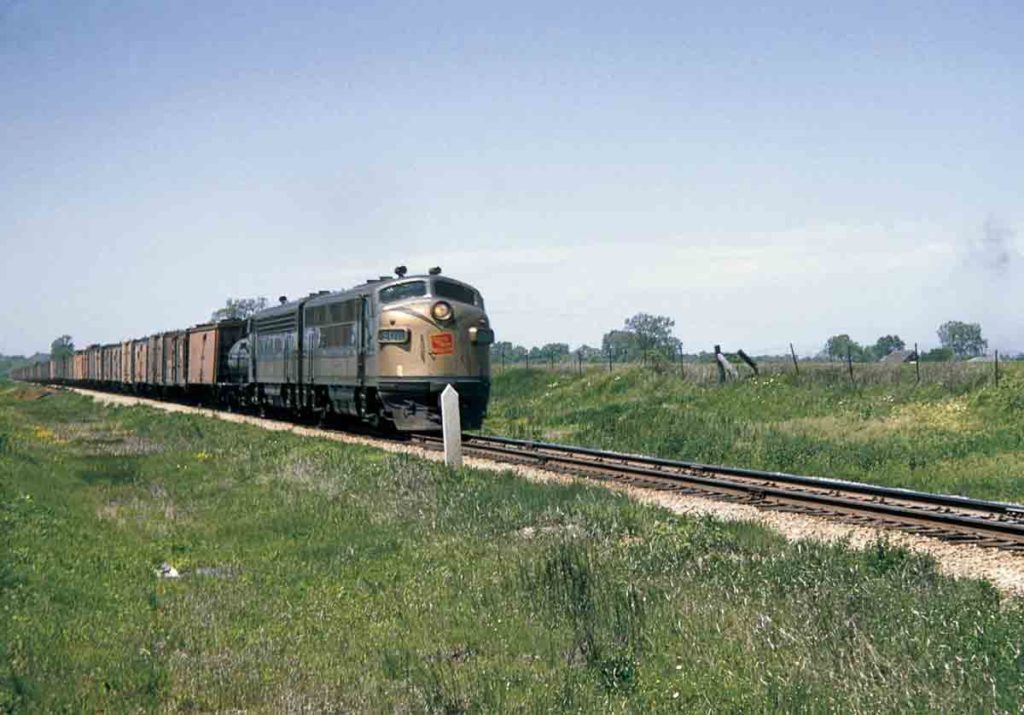
Two Grand Trunk Western F3s, dressed in the memorable but short-lived livery of parent Canadian National, wheel fast freight 492 (68 cars, all loads, including 63 reefers) near GTW’s crossing with the Pennsy and Nickel Plate west of Valparaiso, Ind., in May 1953. R. R. Malinoski photo […]
Read More…











